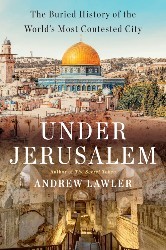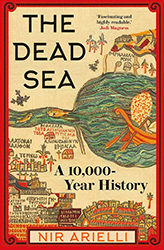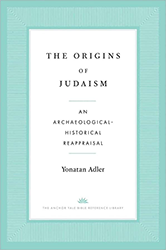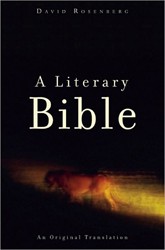The history of the Israelites in the Biblical period is the subject of Edward Feld’s The Book of Revolutions: The Battles of Priests, Prophets, and Kings That Birthed the Torah. Through close reading, Feld explores how the Bible, often the only written account of this period, reveals the history of the Jewish people. Recognizing the enduring challenge that reconstructing this story presents, Feld shares his approach in his introduction: “I will try to come to reasonable conclusions about what we can know about the period, based in part or in full on what we can glean from looking at the biblical report … ”
However, Feld’s mode of unpacking this history is unique, in that it focuses on the legal texts of the Torah rather than its narrative sections. He suggests that these legal codes, which were not edited for cohesion as the narrative sections were, demonstrate an evolution, in fact a revolution, in the religious progression of the Israelites.
The Book of Revolutions is divided into four sections. The first examines the development of the Covenant Code of Exodus. A product of a religious and political revolution in Northern Israel, this revolution “impacted all subsequent biblical legal thinking — indeed, all later Jewish thought down to our own day.” In turn, it established the exclusive worship of Adonai. The second section follows the revolution in Judea, the Southern Kingdom, which produced the law code of Deuteronomy — under the rule of King Josiah and the endorsement of the prophetess Huldah — and established Jerusalem as the exclusive place for sacrificial worship. The third, building on the law code of Deuteronomy, investigates a revolution in Babylonia following the destruction of Jerusalem by the Babylonians. The resulting Holiness Code of Leviticus maintains the Temple and the priesthood as the primary avenue for worship. The final section considers how the Israelites that returned from exile under the leadership of Ezra and Nehemiah condensed the theology expressed in previous revolutions to create — though not without vociferous opposition — the foundation of the Jewish religious thought we have today.
In his conclusion, Feld reminds readers that “at times the biblical stories are so compelling that we do not notice moments of contradiction, but contradiction and opposition of ideas abound in the Torah.… Torah proves to be a patchwork quilt of multiple sources, various threads knit together to form a woven coat of many colors.” He then notes how Rabbinic Judaism would use these contradictions to “underlay the interpretations propounded by midrashic masters and Bible commentators … ”
While a broad understanding of biblical history is valuable, Feld’s analysis does not require a background in Biblical Studies or the ability to read Hebrew. The accessibility of Feld’s writing, and the conclusions he draws about how today’s Judaism is a product of these revolutions, makes The Book of Revolutions a valuable addition to the bookshelves of lay readers and academics alike.





